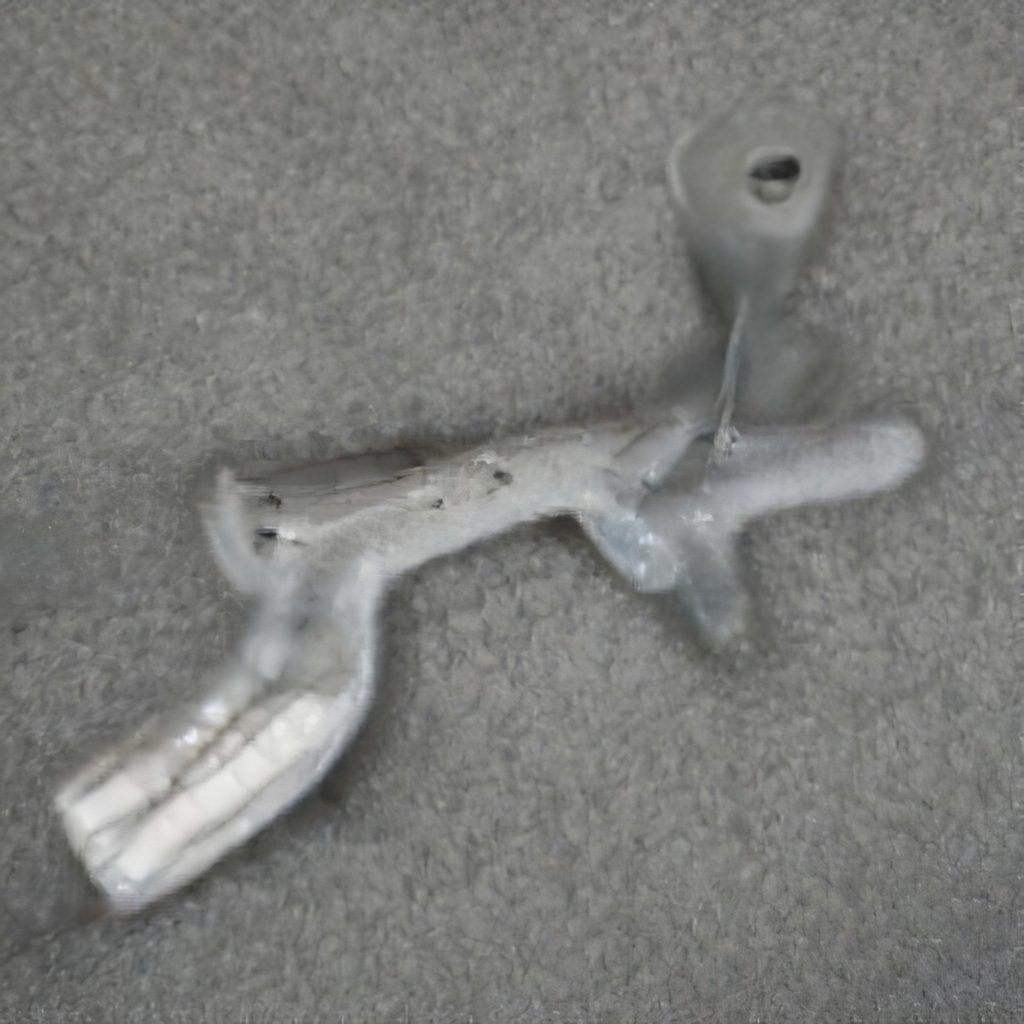Les deux techniques

Il y a deux destins de la technique. Le premier, qui est dominant, consiste en la création de relations de causes et effets. Cet artifice répond de quelques façons à la « découverte » scientifique du déterminisme où le monde est régi par des relations causales, sans qu’on sache, d’un point de vue empiriste, si le monde est causal en tant que tel. Cette incertitude est le fondement de la réponse techno-scientifique : si le monde n’est pas causal, il peut le devenir par la technique. Celle-ci est alors instrumentale, elle sert à une finalité déterminée par l’être humain.
Le second destin, qui est minoritaire, réside dans des pratiques artistiques qui considèrent la technique comme un environnement remettant en cause la séparation d’avec la nature. La technique est envisagée comme une matière dont on hérite et qu’il s’agit moins de soumettre à sa volonté pour lui donner une forme qu’on souhaite, que de suivre, de s’adapter, de se fondre pour que technique et humain s’épousent l’un l’autre. La technique n’est alors plus instrumentale, elle n’est plus l’anticipation des effets d’une cause en laquelle elle consisterait, elle est un environnement dans lequel on se meut.
Ce second destin porte la possibilité d’une autre alliance entre ladite « nature » et ladite « technique » où celle-ci appartient à la première venant troublant l’opposition des deux. Ce en quoi l’art porte une alternative qui n’est pas un solutionnisme, c’est-à-dire qui ne reproduit pas l’idéologie de la technique instrumentale.

There are two destinies of the technique. The first, which is dominant, consists in the creation of cause and effect relationships. This artifice responds to the scientific “discovery” of determinism where the world is governed by causal relations, without it being known, from an empirical point of view, whether the world is causal as such. This uncertainty is the basis of the techno-scientific response: if the world is not causal, it can become so through technology. The latter is then instrumental, it serves a purpose determined by the human being.
The second destiny, which is in the minority, lies in artistic practices that consider technique as an environment that challenges the separation from nature. Technique is seen as a material that we inherit and that it is less a matter of submitting to its will to give it a form that we want, than of following, adapting, merging so that technique and human beings marry each other. The technique is then no longer instrumental, it is no longer the anticipation of the effects of a cause in which it would consist, it is an environment in which one moves.
This second destiny carries the possibility of another alliance between the said “nature” and the said “technique” where the latter belongs to the former, disturbing the opposition of the two. In what art carries an alternative that is not solutionism, that is to say, that does not reproduce the ideology of the instrumental technique.
